Plastic surgery is now so common that it is advertised on billboards along highways. Depending on the surgeon’s skill, the results can appear entirely natural.
Plastic surgery has the power to help people affected by illnesses and accidents to regain confidence and functionality, ultimately changing their lives for the better. But it hasn’t always been that simple.


An astounding amount of facial injuries occurred during World War I, leaving soldiers disfigured for life. Walter Yeo, who had suffered just such a facial injury, was one of the first men to undergo plastic surgery.
In this article, we’ll tell the story of Walter Yeo, his injury, and the brand-new style of surgery that would change both his life and the future of surgery forever.
The Early Life Of Walter Yeo
Born on October 20, 1890, to Francis Yeo and Rhonda Yeo, Walter Ernest O’Neil Yeo seemed destined to be a soldier. Not only was his father a Petty Officer, but he was born at just the right time to fight in World War I.
Sadly, Francis Yeo died three weeks after Walter was born. He was killed in a shipwreck near Cape Vilan, Spain–haunting foreshadowing of what would happen to Walter himself later in life.
This left Walter’s mother, Rhoda, the sole caretaker for Walter and his two siblings.
Being without a father so young might have contributed to why Walter Yeo decided to join the services so early in life. He became a member of the Royal Navy at just 15 on October 1, 1906, just twenty days before his birthday.
Once he turned 18, Walter would be assigned to the HMS Bellerophon and later the HMS Warspite. It would be on the Warspite that he would receive his life-altering injuries.
The Battle Of Jutland And Walter Yeo’s Injuries
While still stationed upon the Warspite, Yeo found himself and the rest of his shipmates embroiled in what would become the largest naval battle of World War I.
The Battle of Jutland would include a staggering 250 ships, and over 100,000 men. It was also a bloody affair–25 ships were lost, and over 8,500 men were killed during the battle.
Ever the brave fighter, Walter Yeo was manning the guns aboard the Warspite during the Battle of Jutland. During the fight, the Warspite was hit a devastating 15 times.
It would be one of these strikes that would injure Walter Yeo so terribly. Either during the initial blast or the subsequent fires, Yeo received drastic facial injuries and burns.
His injuries were so extensive that he lost both his upper and lower eyelids, which left him profoundly disabled.
Incredibly, the Warspite would survive the battle of Jutland–and so would Walter Yeo. He would be transported to Plymouth Hospital and then later to the more advanced Queen Mary’s Hospital in Sidcup, Kent, on August 8, 1917.
It would be at Queen Mary’s Hospital that Walter Yeo would meet a pioneering surgeon named Harold Gillies. Facial reconstruction techniques were severely lacking at the time, but Harold Gillies was determined to change that.
Sir Harold Gillies And Modern Plastic Surgery
Considered the father of modern plastic surgery, Sir Harold Gillies actually started out his career in medicine as an otolaryngologist.
It was when World War I broke out that he joined the Royal Army Medical Corps. There, he was exposed to not only the horrible facial injuries occurring but also the cutting-edge techniques being used to fix them.
After studying under multiple dentists and oral surgeons that were using skin grafts to heal facial injuries garnered during battle, Gilles began to create his own techniques.
The most important of these techniques, and the one that would be used on Walter Yeo, was the ‘tubed pedicle procedure’.
The Tubed Pedicle Procedure
Skin grafts were already in use when Walter Yeo was injured, but there were factors about these grafts that made them less-than-satisfactory for extensive injuries like his.
The biggest downside was the lack of blood flow to the new skin graft and the potential for it to become necrotic and be rejected.
Enter Gille’s newly pioneered tubed pedicle procedure. This surgery, also called the walking-stalk skin flap or waltzing tube pedicle, was created to combat the rampant infections that could affect surgery sites before the invention of antibiotics.
It was created due to the influx of soldiers with debilitating facial injuries during World War 1.
This procedure involved separating a flap of skin and some underlying tissue from somewhere on the body–the chest in Yeo’s case.
Leaving the flap–or pedicle–attached to the body, it would be stretched and rolled into a tube. Eventually, the pedicle would be able to reach the injured area and cover it.

Reconstructive surgeries were untread ground at the time, due to complications and infections making many skin grafts impossible.
Despite being a strange looking, time consuming and difficult surgery, the tubed pedicle procedure paved the way for more advanced early plastic surgery techniques.
The entire process could take months and would involve a number of steps:
● 1- A section of skin and underlying tissue with good blood flow was chosen and detached, but left partially connected to the original site to maintain the blood supply.
● 2- The skin flap, known as the pedicle, was sewn in a tube to protect the underlying tissue and to keep it clean.
● 3- During the longest part of the process, the pedicle would be gradually stretched from the original site to the injured area of the body. For Walter Yeo, the pedicle had to be stretched from his chest to his face.
● 4- When the pedicle was properly stretched, it would be unstitched and slowly put into place over the injury. This would involve more time-consuming stretching as the pedicle was gradually attached.
● Since the pedicle was still receiving blood flow from the original site, it could easily integrate into the injured site. Once the new skin was in place and fully attached, the pedicle was separated and returned to the original site.
Walter Yeo’s Plastic Surgery
When Harold Gillies began to treat Walter Yeo, he knew the injured man was the perfect candidate for his new tubed pedicle procedure. It would eventually be a success, but it was a long road for both Yeo and Gilles.
The extent of Walter Yeo’s injury meant he would need a sort of mask to be made from the pedicles. He was missing most of his eyelids, and his forehead was grievously scarred.
Skin was partially detached from his chest and the tubed pedicle created. From there, the stretching began. It was started on November 13, 1917, and the pedicle graft was ready to be placed by November 30.
Multiple times during the procedure, serious infections set it. There was concern that these infections would cause the procedure to fail.
At one point, Walter Yeo would describe his skin graft mask as “floating in pus”. Despite all of this, Yeo, Gilles, and the rest of the medical team persisted.
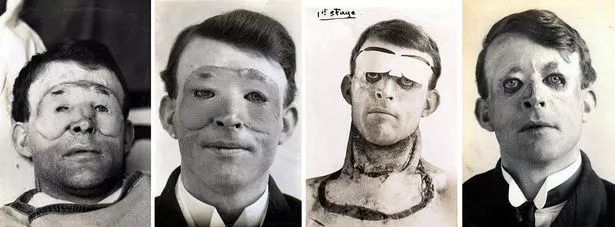
Finally, in January 1918, with the infections gone and the skin fully integrated with Walter’s face, the pedicles were detached. Walter Yeo had been the first person to successfully undergo true plastic surgery.
Aftermath And Walter Yeo’s Later Life
Despite a number of setbacks during healing, Walter Yeo’s tubed pedicle procedure was ultimately a success. It repaired his almost non-existent eyelids and did away with the terrible burns he had received during the Battle of Jutland.
Unlike modern plastic surgery, though, there was no hiding that Walter Yeo had undergone a serious facial reconstruction.
The scarred skin of his face had been completely removed, replaced by the pedicle skin graft.
Since the skin of the graft was puffy and thicker than the rest of his face it was readily apparent to everyone and impossible to hide.
Even so, the plastic surgery had returned functionality to Walter Yeo that he had been sorely lacking before the procedure.
In fact, the tubed pedicle procedure was such a success that Walter Yeo was allowed to return to military service in 1919. From there, he would undergo several other surgeries strictly to improve the appearance of the skin graft.
His final surgery for the graft was in 1921, after which he was medically discharged from the Royal Navy.
Walter was able to marry, have children, and live a full and happy life. He may never have looked the same, but Harold Gillies and his world-changing surgeries managed to return a sense of normalcy to his life that he might have never had without the tubed pedicle procedure.
These days, the tubed pedicle procedure has largely fallen out of fashion. Our understanding of skin grafts, vasculature, and the human body as a whole has drastically increased, and the need for the tubed pedicle is almost non-existent.
Even if we don’t use the tubed pedicle procedure anymore, it still played a huge part in restoring appearance and functionality to injured World War I soldiers.
Without it, there would be none of the medical miracles that modern plastic surgery can provide.
Sources
https://www.devonlive.com/news/devon-news/strange-true-tale-devon-man-4136804

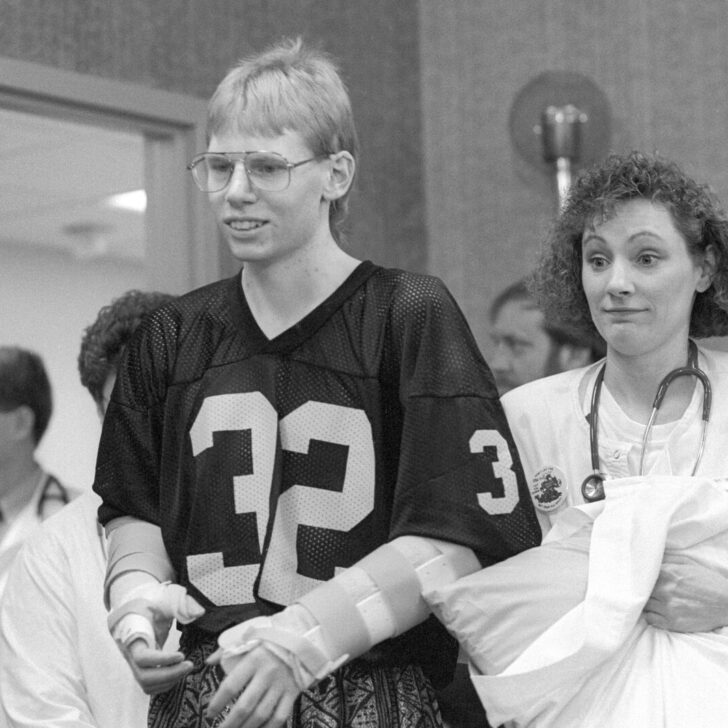
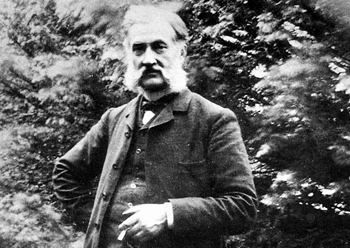


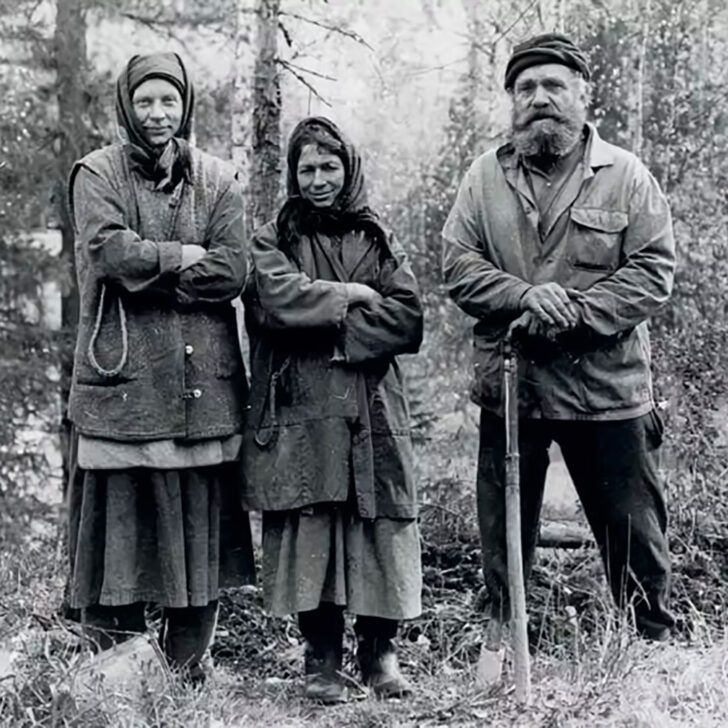
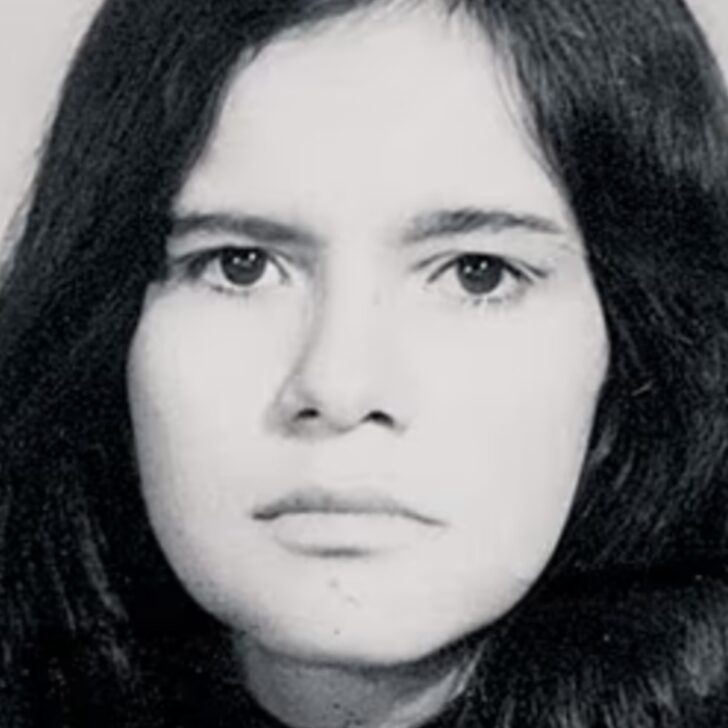

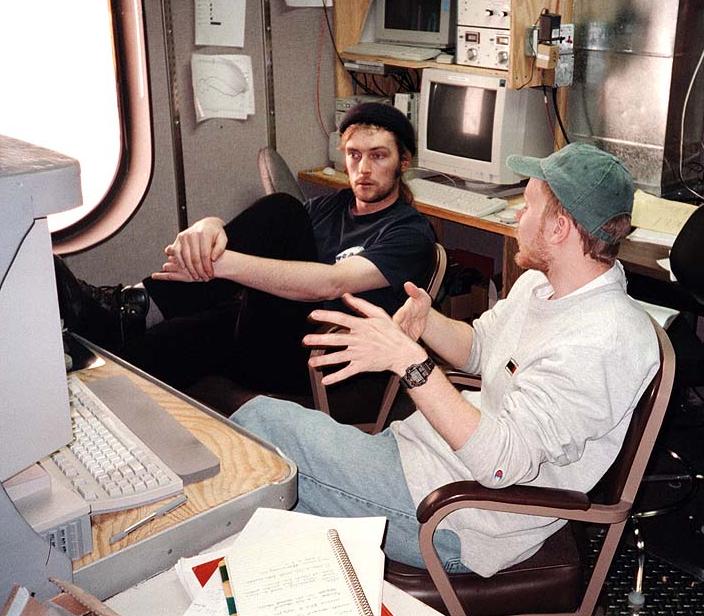
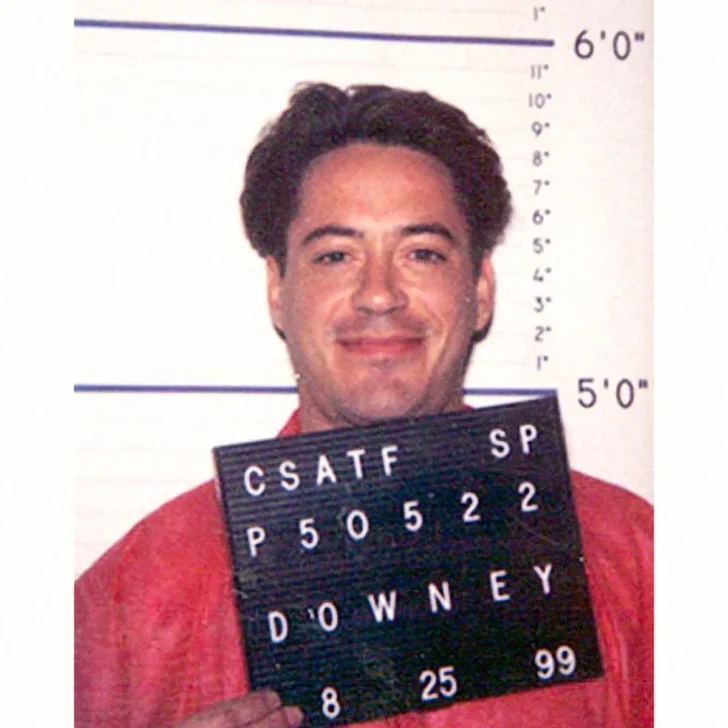

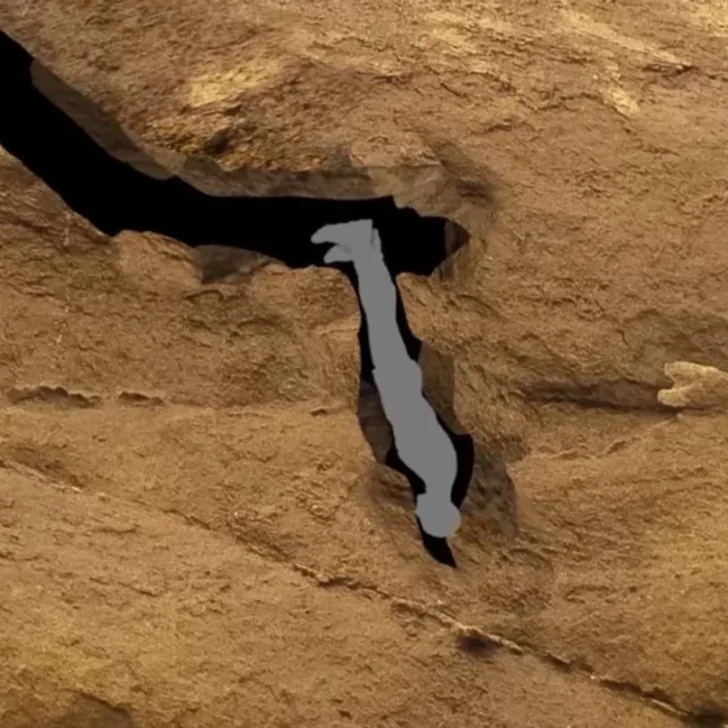

Leave a comment